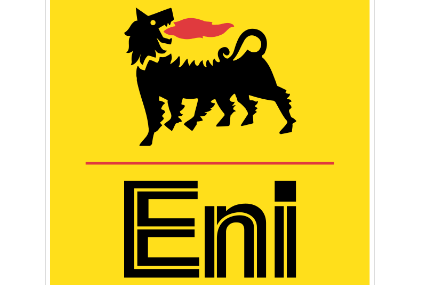Eni has made a significant discovery of gas and condensates offshore Libya, in the Bahr Essalam South exploration prospect in Area D, 82 kilometres from the coast and 22 kilometres from the production field of BahrEssalam.
Eni, through its subsidiary Eni North Africa BV, is operator of Contract Area D with 100% working interest in exploration phase.
The discovery was made through the B1-16/4 well, drilled at a water depth of 150 metres, which encountered gas and condensates in the Metlaoui Formation of Eocene age.
During the production test, constrained by surface facilities, the well produced 29 million square cubic feet per day (mmscfd) and above 600 barrels per day (bbpd) of condensate with “64/64‘ choke size.
In a producing configuration the well is estimated to deliver in excess of 50 mmscfd and 1,000 bblpd of condensate. The proximity to the Bahr Essalam infrastructures will allow a quick development of this new discovery.
Eni is currently active in the country’s offshore with three drilling rigs used in the exploration and initial delineation of Contract Area D’s discoveries.
This exploration success further confirms the enormous potential of Libyan gas resources. The future development of Libyan resources will allow supporting the growth of the domestic consumption and industry, while maintaining Libya’s position as a strategic supplier for Italy and Europe.
Eni started production in 2004 from the area D fields of Wafa and Bahr Essalam, which supply gas destined for domestic markets and Italy via the Greenstream sealine. These fields also yield high percentages of associated liquids.
With an important string of development projects in its pipeline, both ongoing and planned, Eni aims at capitalizing the significant commercial discoveries made in past years in Area D, and is undertaking an important exploration programme to support the constantly growing domestic demand.
This discovery in the Bahr Essalam South exploration prospect very well fits with such project pipeline. Eni's domestic deliveries grew from around 1 billion square cubic metres (Bscm) in 2009 to 4.3 Bscm in 2014, with the potential of reaching 6.2 Bscm in 2015.
Eni has been present in Libya since 1959 and currently produces approximately 350,000 barrels of oil equivalent per day in the country.
(Source: Eni)





